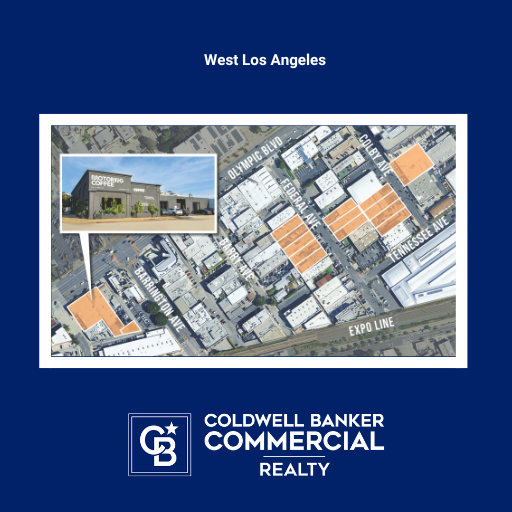Navigating the 2024 REIT Landscape: Thriving Amidst High Rates and Rising Defaults

High interest rates and a growing risk of defaults have created a complex yet potentially rewarding environment for REIT investors. Understanding market dynamics, maintaining disciplined financial strategies, and focusing on resilient CRE sectors are crucial for navigating this landscape successfully.
One of the most pressing challenges for REITs in 2024 is the elevated interest rate environment. As borrowing costs rise, REITs with significant leverage face difficulties in financing operations and expansion efforts. Despite these challenges, many REITs have positioned themselves advantageously by maintaining disciplined balance sheets. According to data from the Nareit Total REIT Industry Tracker Series, the average debt-to-market assets ratio for REITs stood at a conservative 34.1 percent by mid-2024. Furthermore, over 90 percent of REIT debt is fixed-rate, and approximately 80 percent is unsecured, providing substantial insulation against interest rate volatility.
This disciplined approach has allowed REITs to weather the financial pressures that higher interest rates typically bring. While the market anticipates potential rate cuts by the Federal Reserve in September, REITs remain well-insulated thanks to their low leverage and strategic use of long-term, fixed-rate debt.
Higher interest rates often coincide with increased default risks, especially in sectors like retail and office space, which have already been under significant strain. The ongoing evolution of work-from-home trends continues to depress demand for office space, leading to higher vacancy rates and reduced rental income. Retail properties, particularly traditional shopping malls, face challenges from the rise of e-commerce, further complicating the outlook for REITs with significant exposure to these areas.
However, the impact of these sector-specific challenges on REITs is mitigated by their strong balance sheet discipline. For instance, the weighted average interest rate on REIT debt remains relatively low at around 4.1 percent, and the average debt maturity term is 6.4 years, providing operational flexibility and reducing the need for costly refinancing.
Despite the challenges, 2024 also offers promising opportunities for REITs, particularly in sectors that have shown resilience or are poised for growth. Industrial REITs, which benefit from the continued expansion of e-commerce, and data centers, which capitalize on the increasing reliance on cloud computing, are two sectors expected to perform well. REITs specializing in healthcare, technology, and sustainable infrastructure also present growth potential, driven by demographic shifts and the ongoing digital transformation.
Furthermore, the financial discipline exhibited by REITs has positioned them well for potential acquisition and development opportunities. With access to cost-advantaged capital, REITs are in a strong position to capitalize on market dislocations and distressed assets, enhancing their portfolios and driving future growth.
Diversification across different sectors and geographic regions can also help mitigate the risks associated with sector-specific challenges. Investors should also focus on REITs with strong fundamentals—those with low leverage, well-managed properties, and stable cash flows.
Additionally, identifying growth sectors like industrial properties, data centers, and healthcare-focused REITs can offer attractive opportunities. The emphasis on disciplined financial management among REITs also means that those with resilient balance sheets are better positioned to weather economic uncertainties and capitalize on emerging trends.
A Trusted Guide in Commercial Real Estate
Coldwell Banker Commercial® provides Commercial Real Estate Services from Property Sales and Leases, to Property Management. Learn how our expansive network of Independently Owned and Operated Affiliates and Real Estate Professionals use their in-depth knowledge of the local market and industry trends to help businesses and investors navigate the complexities of the commercial real estate landscape.






